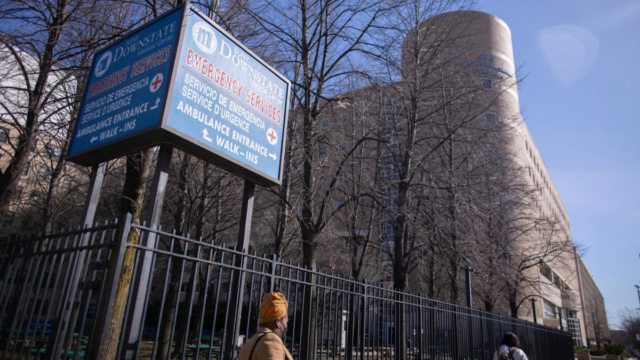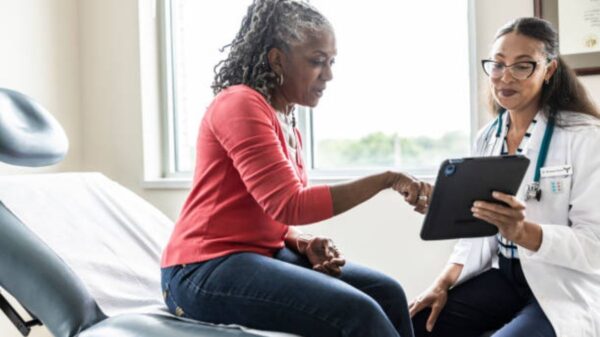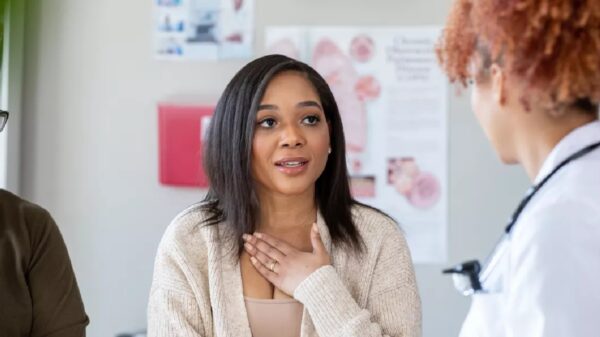The Haitian Times
By SAM BOJARSKI

BROOKLYN — As New York City continues its recovery from the pandemic, it’s become a common sight to see people milling about along Clarkson Avenue and Brooklyn Avenue, the heart of central Brooklyn’s health care sector.
In this corner, bordered by SUNY Downstate Medical Center to the south and Kings County Hospital on the north, patients have begun returning to the local hospitals for emergency and some routine visits. Taxi drivers are once again stationed semi-permanently along Clarkson, and medical students can be seen around the fenced-in lawn on Downstate’s campus.
Inside the facilities meanwhile, health care leaders are figuring out ways to better serve the community as patients return to seek care. They are doing so this time with ostensible support to address the health disparities that the pandemic laid bare for Black and brown people, including Haitian communities.
To view the full story, please subscribe to The Haitian Times. You can choose a $60 Annual Subscription or a $5 Weekly Pass.
When you join The Haitian Times family, you’ll get unlimited digital access to high-quality journalism about Haiti and Haitians you won’t get anywhere else. We’ve been at this for 20 years and pride ourselves on representing you, our diaspora experience and a holistic view of Haiti that larger media doesn’t show you.
Join now or renew to get:
— Instant access to one-of-kind stories and special reports
— Local news from our communities (especially New York and Florida)
— Profiles of Haitians at the top of their fields
— Downloadable lists and resources about Haitian culture
— Membership merch, perks and special invitations
First-time subscribers also receive a special welcome gift handmade in Haiti by expert artisans! Do it for the culture and support Black-owned businesses.
If you’re seeing this message but you’re already a subscriber, you can log in for immediate access to this story.









You must be logged in to post a comment Login